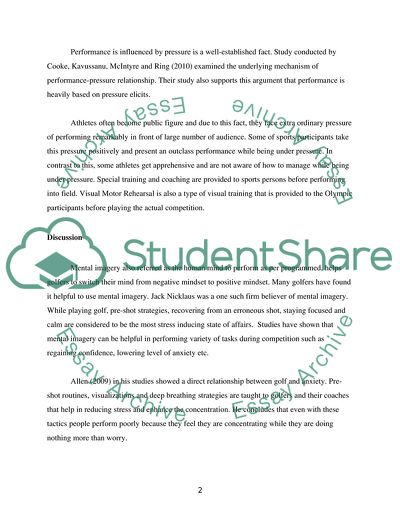Cite this document
(The Importance of the Mental Skill of Imagery Case Study, n.d.)
The Importance of the Mental Skill of Imagery Case Study. Retrieved from https://studentshare.org/psychology/1759415-golf-coaching-1-sports-science
The Importance of the Mental Skill of Imagery Case Study. Retrieved from https://studentshare.org/psychology/1759415-golf-coaching-1-sports-science
(The Importance of the Mental Skill of Imagery Case Study)
The Importance of the Mental Skill of Imagery Case Study. https://studentshare.org/psychology/1759415-golf-coaching-1-sports-science.
The Importance of the Mental Skill of Imagery Case Study. https://studentshare.org/psychology/1759415-golf-coaching-1-sports-science.
“The Importance of the Mental Skill of Imagery Case Study”. https://studentshare.org/psychology/1759415-golf-coaching-1-sports-science.


